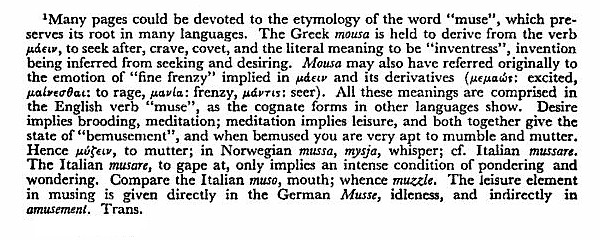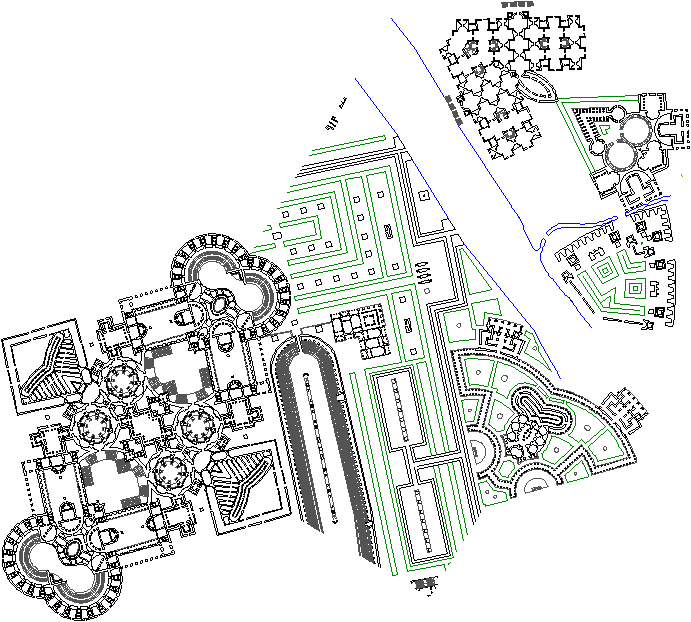Quondamopolis | Semiquincentennial: an almost novel architectonics |
|
| 22 August | 2013.08.22 10:57 |
"One is thereby relieved from fears and remorse, and science becomes an exhilarating adventure where imagination and vision lead to conceptual developments transcending in generality and range the experimental evidence. The precise formulation of these imaginative insights into hypotheses opens the way to the most rigorous testing by experiment, it being always anticipated that the hypothesis may be falsified and that it will be replaced in whole or in part by another hypothesis of greater explanatory power."
|
"Not only working scientists can be liberated in this way. For all of us, in all our activities, the notions that we can do better only by finding out what can be improved and improving it; and therefore that shortcomings are to be actively sought out, not concealed or passed over; and that critical comment from others, far from being resented, is an invaluable aid to be insisted on and welcomed, are liberating to a remarkable degree. It may be difficult to get people--conditioned to resent criticism and expect it to be resented, and therefore to keep silent about both their own mistakes and others'--to provide the criticisms on which improvement depends; but no one can possibly give us more service then by showing us what is wrong with what we think or do; and the bigger the fault, the bigger the improvement made possible by its revelation. The man [or woman] who welcomes and acts on criticism will prize it almost above friendship: the man [or woman] who fights it out of concern to maintain his position is clinging to non-growth."
|
| ...the "archeological accuracy" section (which is now entitled "Archeological Mask or Reconstructive Surgery"). ...Piranesi was perhaps giving the Campo Marzio a "face-lift," a second chance where the "faults" have been eliminated and the dormant potential fulfilled. |
...a new approach to the "accuracy" section inspired by M. Yourcenar's essay "Faces of History in the Historia Augusta." The main inspiration comes from the line, "Authenticity is one thing, veracity another." ...the notion that "sometimes a sense of poetry rises out of this mass of grim details."
|
If it ain't Baroque, don't fix it. |
Just did a side by side chronological overview of the work of Gehry and Eisenman, and in terms of architectonic, geometrical experimentation, Gehry manifests a greater and more mature repertoire.
|
www.quondam.com/33/3304n.htm | Quondam © 2017.11.27 |

